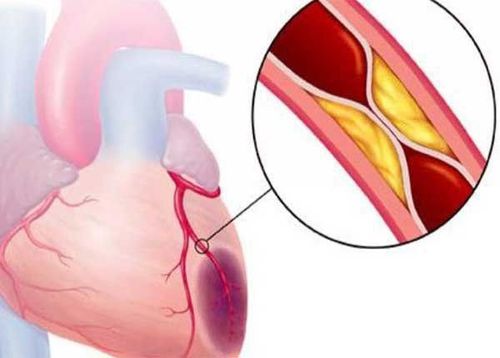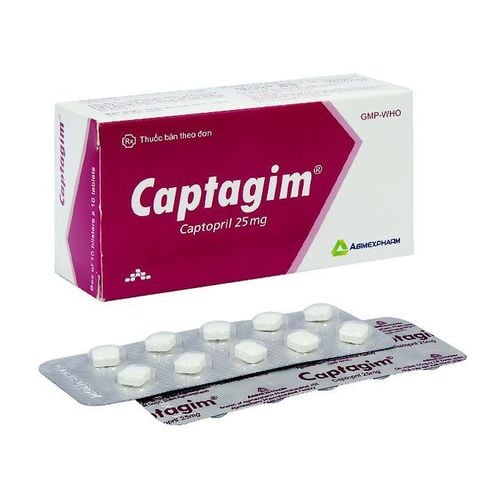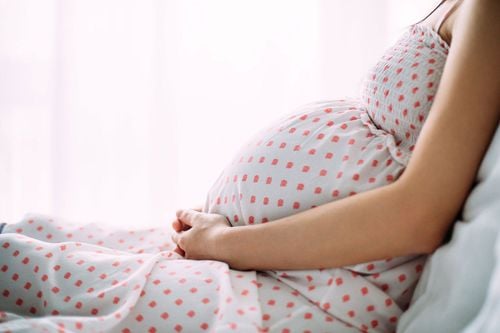This is an automatically translated article.
The article was professionally consulted by Specialist Doctor I Tran Thi Phuong Loan - Obstetrician and Gynecologist - Department of Obstetrics and Gynecology - Vinmec Phu Quoc International General HospitalPostpartum preeclampsia develops within 48 hours of delivery (however, sometimes postpartum preeclampsia can occur for up to 6 weeks or more, and is called postpartum preeclampsia). late birth)
1. What is postpartum preeclampsia?
Postpartum preeclampsia is a rare condition that occurs when a mother develops high blood pressure and positive proteinuria shortly after childbirth. Postpartum preeclampsia is similar to preeclampsia, except that preeclampsia occurs during pregnancy (and usually goes away with delivery), while postpartum preeclampsia occurs after the baby is born. born.Postpartum preeclampsia needs to be treated promptly. If left untreated, postpartum preeclampsia can cause seizures and other serious complications.
Trắc nghiệm: Dấu hiệu tiền sản giật là gì?
Tiền sản giật là 1 trong những biến chứng của thai kỳ đặc trưng bởi huyết áp cao và có dấu hiệu tổn thương hệ thống cơ quan khác, thường là gan và thận. Tiền sản giật hay gặp ở sản phụ mang thai sau 20 tuần, việc nhận biết các dấu hiệu sớm của tiền sản giật là vô cùng quan trọng để can thiệp kịp thời, bảo đảm sức khỏe cho mẹ và con.The following content is prepared under supervision of Thạc sĩ, Bác sĩ y khoa, Tạ Quốc Bản , Sản phụ khoa , Khoa Sản phụ khoa - Bệnh viện Đa khoa Quốc tế Vinmec Phú Quốc
2. Symptoms of postpartum preeclampsia
Postpartum preeclampsia can be difficult to recognize on its own. Many women with postpartum preeclampsia do not show any signs or symptoms during pregnancy; or in fact there are abnormalities that go unnoticed (because all care is given to the new baby).Symptoms and signs of postpartum preeclampsia (most of which resemble preeclampsia) include:
Hypertension: blood pressure readings 140/90 mmHg or higher. Positive proteinuria: positive result when protein level is above 0.5 g/L with random urine sample; Or for the most accurate test results, take a 24-hour urine sample, positive results when the amount of protein is greater than 0.3 g/L/24h. Severe headache. Vision changes, including temporary loss of vision, blurred vision, or sensitivity to light. Pain in the upper abdomen, usually in the right hypochondrium (the area below the right ribs). Little urine.
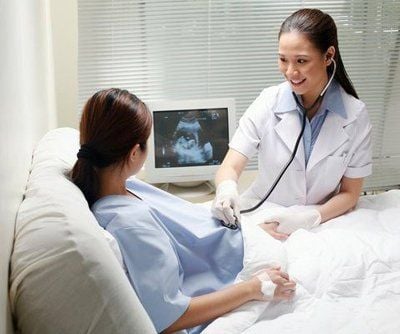
3. Causes of postpartum preeclampsia
The cause of postpartum preeclampsia as well as preeclampsia is still unclear and controversial.4. Risk factors for postpartum preeclampsia
Not much research has been done yet, but some studies suggest that risk factors for postpartum preeclampsia include:High blood pressure in most recent pregnancy: risk of developing preeclampsia Postpartum increases if there is an increase in blood pressure from the 20th week of pregnancy (gestational hypertension). Obesity: The risk of postpartum preeclampsia is higher if you are obese. Multiple pregnancy: postpartum preeclampsia will be more likely to occur if there are multiple pregnancies (twins, triplets,...). Chronic hypertension: Uncontrolled high blood pressure before pregnancy increases the risk of preeclampsia as well as postpartum preeclampsia. Diabetes: Having either type 1 diabetes or type 2 diabetes increases your risk of developing preeclampsia and preeclampsia postpartum.
5. Complications of postpartum preeclampsia
Postpartum preeclampsia causes many complications such as:Postpartum eclampsia: postpartum eclampsia is a condition in which severe postpartum preeclampsia is accompanied by convulsions. Postpartum eclampsia can cause irreversible damage to many vital organs such as the brain, eyes, liver, and kidneys. Pulmonary edema: Pulmonary edema is a life-threatening situation where fluid builds up in the lungs. Stroke: A stroke is a medical emergency that occurs when the blood supply to a certain area of the brain is severely reduced or completely lost, causing brain tissue in that area to be damaged (or die). ) due to lack of oxygen and nutrients. Thromboembolism: Thromboembolism is the blockage of blood vessels due to a blood clot traveling from somewhere and getting stuck in the blood vessel, and this is also an emergency. HELLP syndrome: HELLP syndrome, consisting of hemolysis, elevated liver enzymes and low platelets, is a life-threatening syndrome.
6. Prevention of postpartum preeclampsia
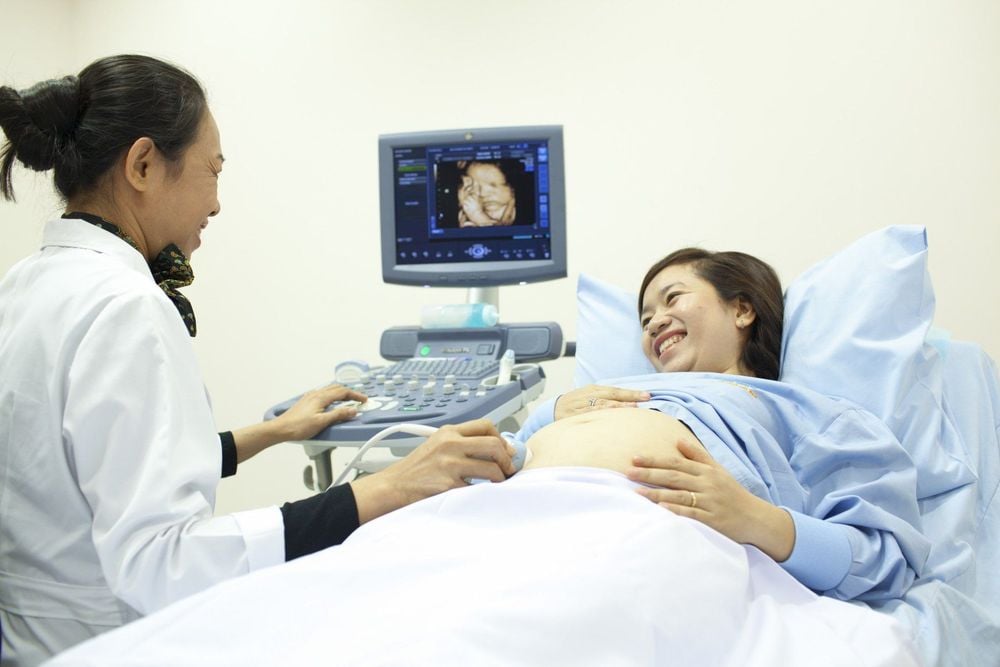
7. What to do with postpartum preeclampsia?
When symptoms and signs of pre-eclampsia appear after giving birth, please do not ignore it, but immediately consult a specialist. Postpartum pre-eclampsia can cause many very serious consequences, so an early examination will help determine if it is postpartum preeclampsia, from which the doctor will prescribe timely treatment. avoid possible unfortunate complications.Doctor Tran Thi Phuong Loan was former Head of Obstetrics and Gynecology Department, An Giang Central General Hospital; Doctor treated at Hoang Anh Gia Lai University of Medicine and Pharmacy Hospital before working as an Obstetrician and Gynecologist at Vinmec Phu Quoc International General Hospital as it is now.
Please dial HOTLINE for more information or register for an appointment HERE. Download MyVinmec app to make appointments faster and to manage your bookings easily.
Article referenced source: Mayoclinic





